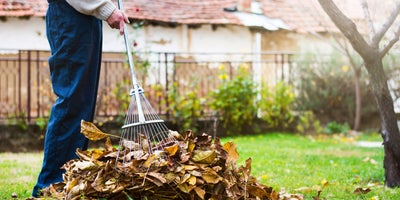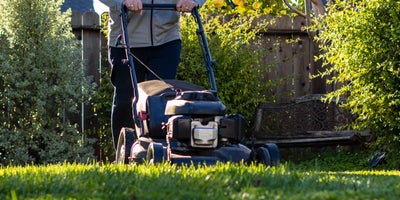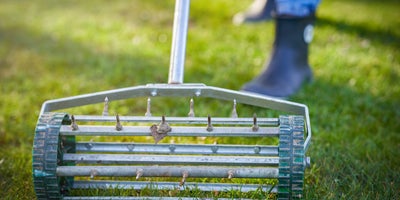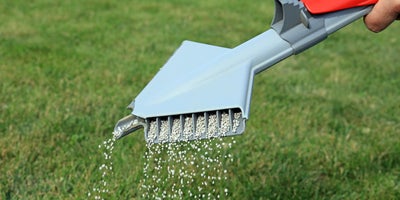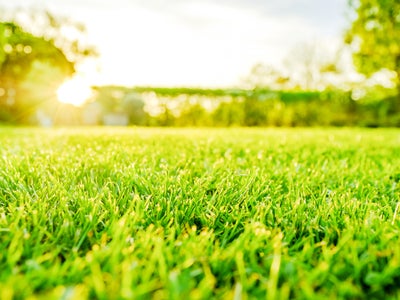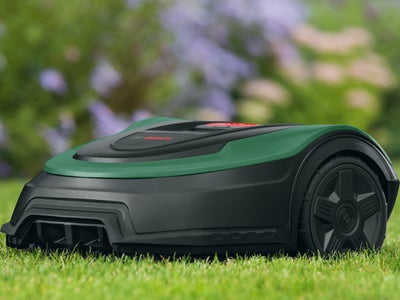Looking after your lawn in winter

Even though there is typically a lot less to do in the garden during the winter, especially when it comes to your lawn, you still need to keep looking after it where you can. It’s nice to enjoy a break from lawn maintenance, but some basic upkeep will make all the difference when spring rolls around and your grass starts to become active again. Proper winter lawn care can mean the difference between a lush, green landscape come spring and a patchy, brown mess. Some of the tasks can be dependent on the climate, so keep an eye on the weather forecast for things like mowing.
